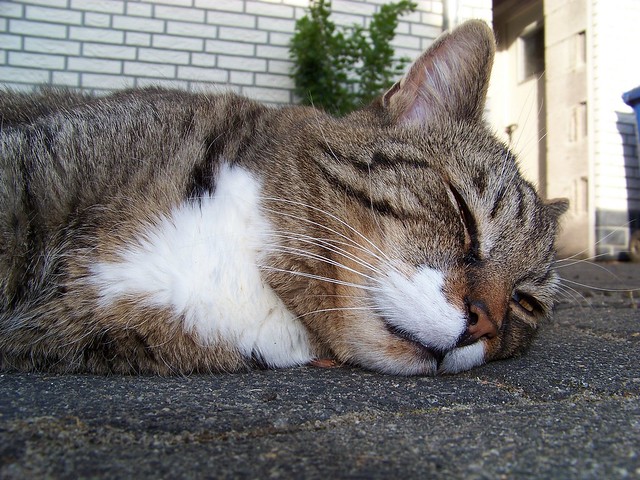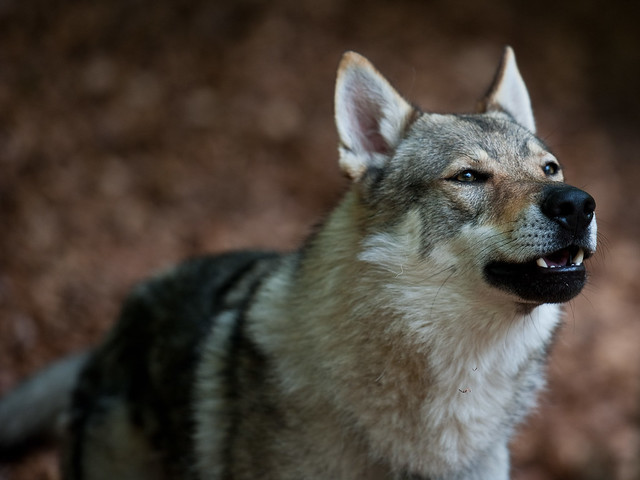Search Results for Tag: trade
Mankind’s best friends
Many people share their homes with them and all of us benefit from them – for example for food. Without the help of animals, mankind would probably not be as advanced as it is today. Some species have been on our side for a very long time. But which was the first species that joined human lives? Which animal was first domesticated and why did our ancestors choose this particular species?
Pigs are among the youngest members. Humans began to domesticate pigs around 4600 B.C. Evidence in form of fossils and DNA pieces for the time has been found in northern Germany. The finding is especially significant because the people in that era were Mesolithic hunter-gatherers (the so called Ertebølle culture) who may have already started to domesticate dogs but were not known to raise animals and crops for food.
Our list continues with one of the most beloved pets of our time, the cat. The oldest record of a cat living together with humans has been found on Cyprus about 9,500 years ago. Scientists found a young man buried along with a wildcat. Looking at Egypt about 4000 years ago, we find wall art displaying mummified cats. So we can be certain that feral cats by that time had already become loved pets. So it is clear that domestication happened in between these two dates. When exactly and why we don’t know yet.
Looking at sheep, the history of their domestication by mankind started even earlier. In ancient Mesopotamia the wild mouflon was domesticated between 11000 and 9000 B.C. These sheep were primarily raised for meat, milk, and skins. Wool only became important a few thousend years later, around 6000 B.C. In Iran a trading system was established that exported the wool to Africa and Europe.
The last animal in our list has been alongside of humans since between 18,800 and 32,100 years ago in Europe. A study explains that our ancestors started to turn their lupine foes into their best friends. We are talking about the dog. Or at least an animal that is a direct relative of the dogs we know today. Fossils of dog-like animals have been found, the study explains. But these creatures did not appear to leave any descendents, so there is no perfect proof as long as nobody can travel back in time to see our grand-grand-grand-grand-folks with their poochies.
The President calls to act – Obama’s climate speech
US-President Barack Obama gave a speech on climate change yesterday. His words could lead to a milestone-process for US climate politics. He made clear that the United States have to play a leading role in the world’s ambitions to tackle global warming.
The plans the president rolled out are foreseeable wide-ranging, including a limit on carbon pollution for the first time in US history.
Emissions need to fall by 17 percent until 2020, the President said. This will “put an end to the limitless dumping of carbon pollution.”
The emissons already dropped last in 2012 on the lowest amount in 20 years. But not for climate security reasons. The moderate economic developement of the United States and the growing use of natural gas (which has an lower amount of carbon dioxide) rather were responsible for the decreasing numbers.
The exact plans
According to the speech he held in Washington, the United States would boost the production of renewable energy, increase efficiency standards and prepare communities to deal with higher temperatures.
So what exactly the president wants to happen?
The energy that is harnessed from sun and wind should be doubled, according to Obama. That makes a power supply for more than six million househoulds in the US. The president also spoke about the highly debated Keystone Pipeline-project, that is planed to transport tar sand-oil from Canada to refineries at the Gulf of Mexico. This pipeline will only be build if it „does not significantly exacerbate the problem of carbon pollution.“
Another point was the building of a new nuclear power plant, the first one in 30 years. In opposition to Germany for example US still count on nuclear power as a green and save source of energy.
Impacts for the private sector
Obamas plans also reach for the private sector as well. Besides a fuel consumption that is now enlarged from cars to trucks the President wants to fight the waste of energy in private homes, public buildings or companies by supporting building insulation or energy saving light sources.
So, the speech offers a lot of plans. But what can be done? Nothing can be established immediatly, there’s always a long process about a few years. And Obamas presidency lasts for three more years. But at least the plans would be put in place through an executive order, bypassing the Congress, which has stalemated over climate legislation in recent years.
During his presentation the audience could literally see what all this is about: The oppressive heat of June often forced beads of sweat on the presidents forehead.








Feedback